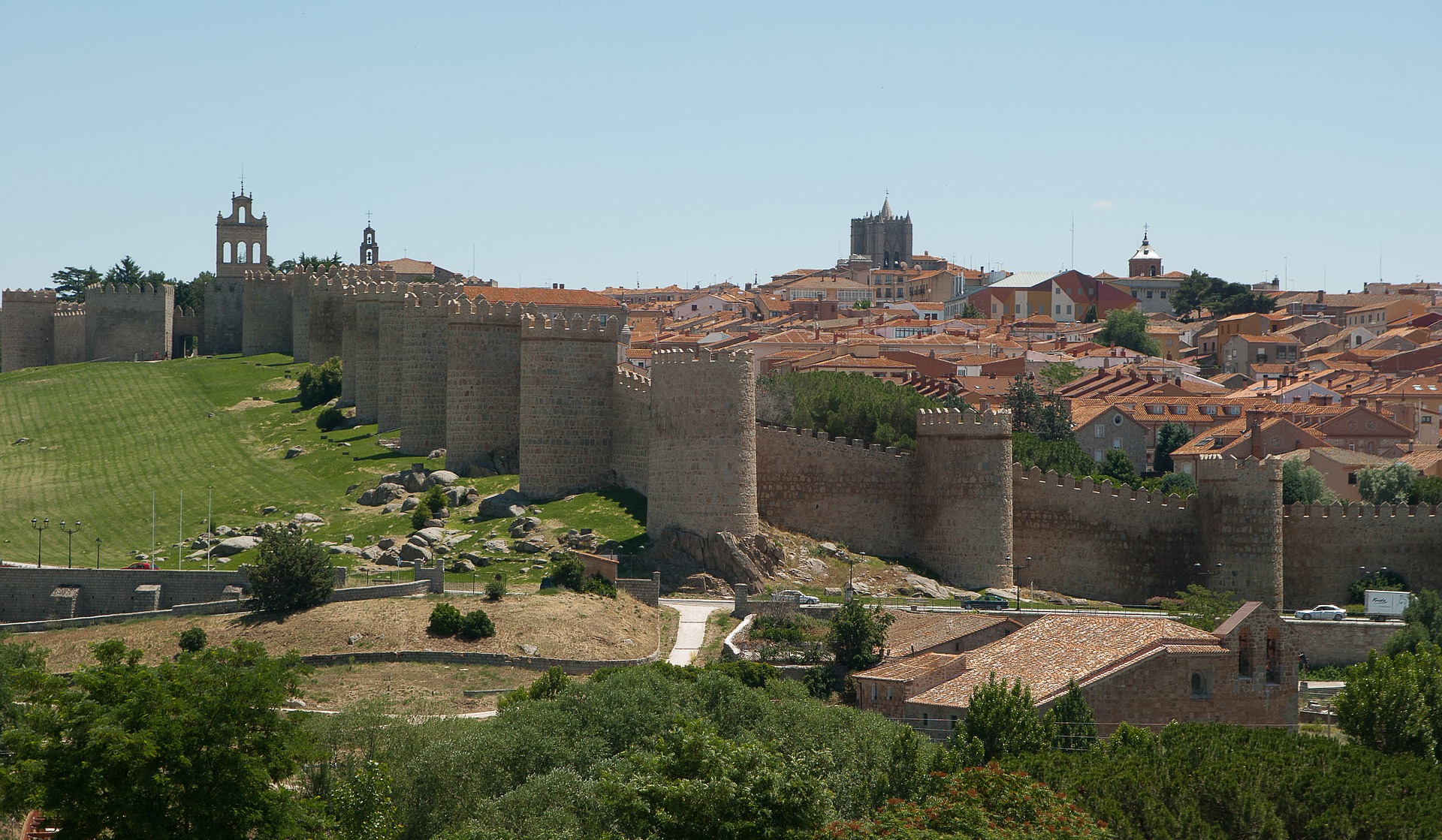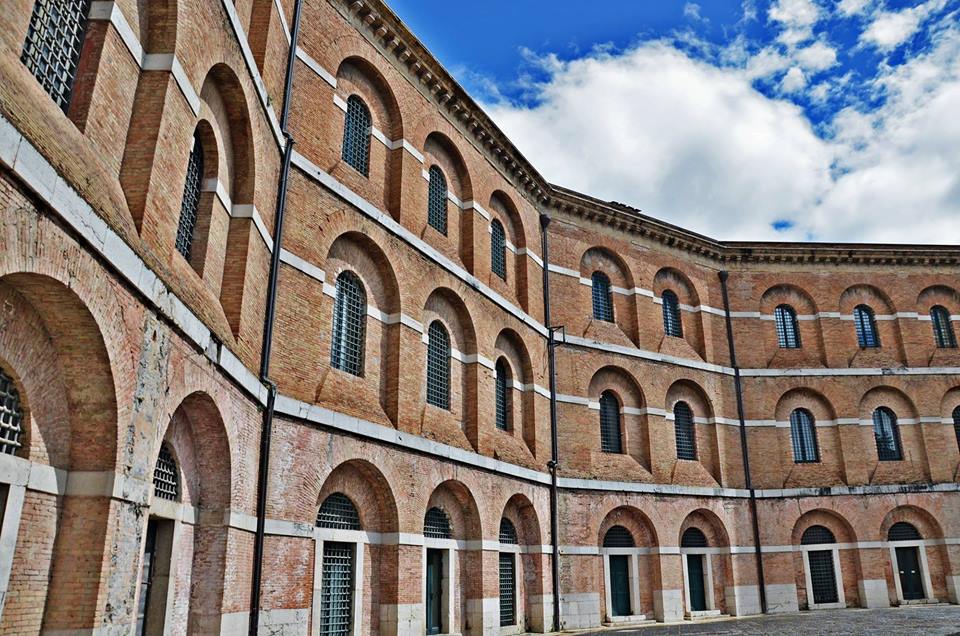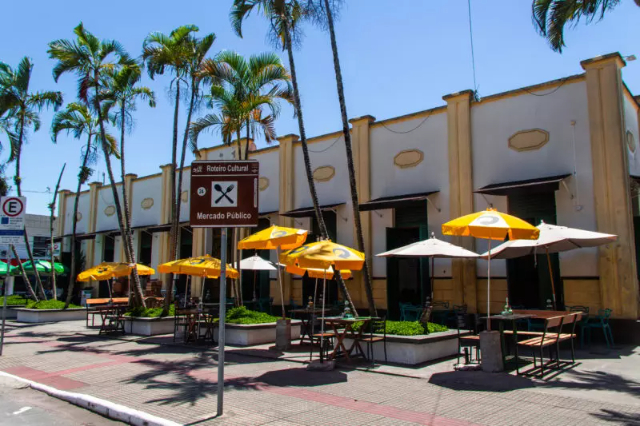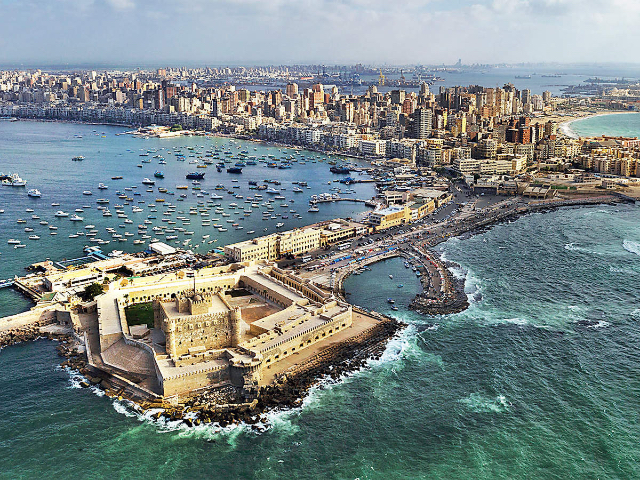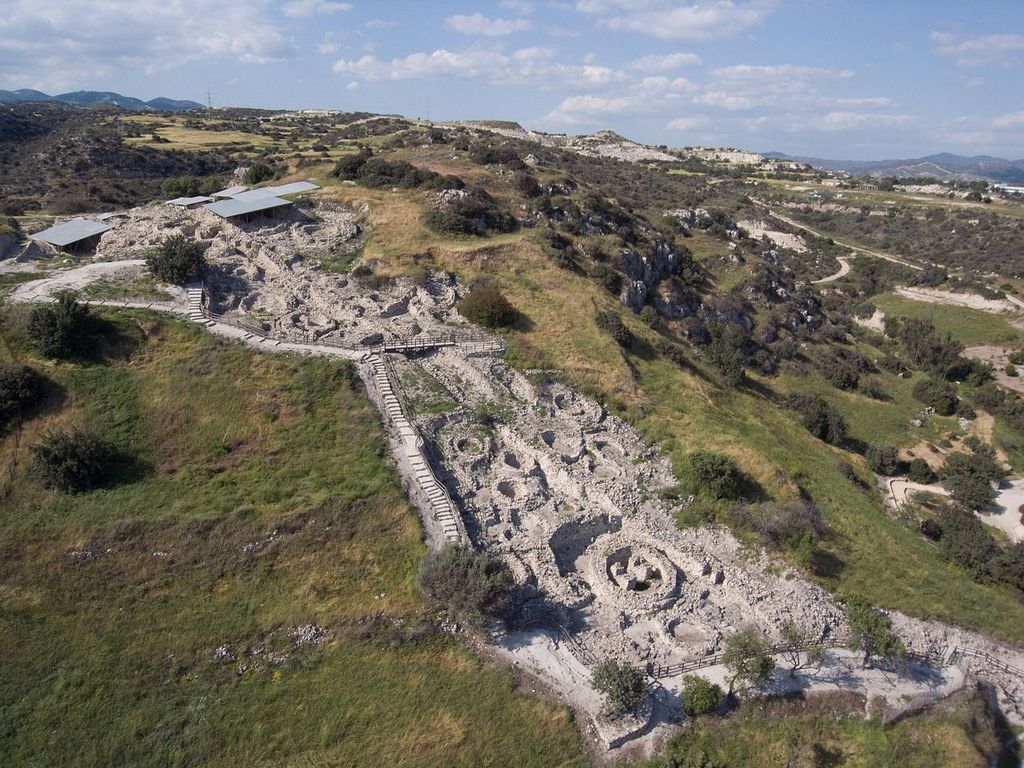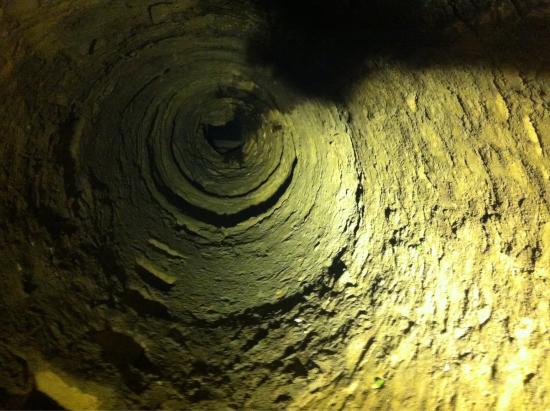Inside the perfectly preserved walls of Avila, visitors are transported to another world. Or rather, to another time. The ancient ramparts contain masterpieces from the past – Romanesque churches, medieval convents and Renaissance palaces – in a setting where it is always exciting to walk around aimlessly. For this reason, for the extraordinary wealth of monuments and the particular atmosphere, Avila in Spain is one of the most fascinating cities in the country and one of those included by UNESCO among the World Heritage Sites. An excellence that has a long and noble history: during the Middle Ages, Avila in Spain was disputed between the Moors and Christians until the reconquest by Alfonso VI in 1085. Many noble families settled here at the beginning of the eleventh century and this arrival of characters of high lineage changed the face of the city: with its many aristocratic palaces the city became known as Avila de los Caballeros (or Avila of the Nobles). However, this is not just a historical or architectural legacy: the high point of Avila’s splendour was reached in the 16th century when the great mystical legacy of Santa Teresa de Jesús made it an important destination for pilgrims. History, spirituality, ancient stones, but also nature: the natural setting helps to make this an extraordinary place, since the city stands on a plateau made even more impressive by the setting of the Sierra Gredos mountains. Ávila, about 60 minutes’ drive from Madrid, has preserved a unique historical legacy and was declared a World Heritage Site in 1985. Its famous 2.5 km long medieval walls are punctuated by 88 towers and 9 gates, the Puerta de San Vicente and Puerta de Alcázar being the most impressive of those guarding the Romanesque defensive bastion. You can walk along the entire perimeter of the city walls on the outer side.
